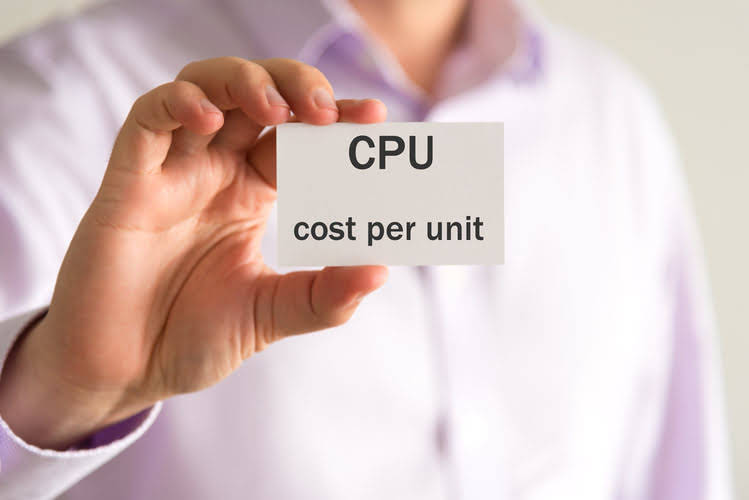
Monica owns a clothing business that designs and manufactures high-end clothing for children. She has several different lines of clothing and has proven to be one of the most successful brands in her space. Here’s what appears on Monica’s income statement at the end of the year.
Gross Margin Ratio Formula
Interest expense on debt is tax-deductible, which is why you multiply EBIT by one minus your tax rate. This is the most complicated ratio formula, so you may need to use accounting software for the calculation. Another approach to streamlining processes is by implementing Lean principles. These help businesses identify activities that generate value and eliminate those that don’t contribute meaningfully to the bottom line.
Increase revenue

A higher gross margin indicates a firm’s capability to cover operating expenses and turn a profit for each unit of product or service sold. Because service-based sectors do not have vast levels of COGS, they tend to have more significant gross margins and profit margins. Manufacturing enterprises, on the other hand, will have a lower gross margin due to higher COGS. Gross margin ratio also helps you determine the profitability of the goods and services your business provides.

How to use the free cash flow margin formula for cash management
The gross profit ratio compares a business’s revenues to the costs directly related toward generating those revenues. For instance, a pizzeria’s gross profit ratio compares the revenues from selling pizza to the direct costs that go into making that pizza (raw ingredients, labor, machinery). A high gross profit ratio indicates that the company is generating a good amount of profit from its core operations and is not spending too much of its revenue on sustaining those operations. It measures how much revenue a company keeps after deducting basic operating costs, which can help businesses find opportunities to increase efficiency. Start by using the gross profit margin formula to calculate your gross profit margin percentage. This is normally done quarterly, but some businesses choose to calculate profit margins every month.

What are the limitations of the gross profit ratio?
Get stock recommendations, portfolio guidance, and more from The Motley Fool’s premium services. This advisory service is geared toward wealthy individuals and their financial needs. You can also use websites like Stock Analysis to calculate this metric for you.
John Trading Concern achieved a gross profit ratio of 25% during the period. Gross profit is revenues minus cost of goods sold, which gives a whole number. Gross profit margin divides that by revenue and multiplies it by 100% to give a percentage.
Free Financial Modeling Lessons

The difference between the gross margin and net profit margin pertains to the type of expenses deducted from the profit metric. Interpreting a company’s gross margin as either “good” or “bad” depends substantially on the industry in which the company operates. To interpret this ratio, you can conduct a long-term gross margin accounting analysis of the company’s gross margin trends over time or draw comparisons between peers and the sector average. The best way to assess a company’s gross margin number is to conduct a long-term analysis of trends, comparing the company to itself, or to compare it to peers and the sector average.
Gross profit margin vs. net profit margin
- It is also difficult to compare companies in different industries with each other because there are many different methods for calculating gross profit.
- The average net profit margin for general retail sits at 2.65%, while the average margin for restaurants is 12.63%.
- Investors are typically interested in GP as a percentage because this allows them to compare margins between companies no matter their size or sales volume.
- The operating profit margin reveals a company’s bottom line profitability after subtracting all of its expenses, including taxes and interest payments.
- To find a company’s net margin, tally the cost of goods sold along with indirect operating expenses, interest expenses, and tax expenses.
Finance Strategists has an advertising relationship with some of the companies included on this website. We may earn a commission when you click on a link or make a purchase through the links on our site. All of our content is based on objective analysis, and the opinions are our own.
Want More Helpful Articles About Running a Business?
The major difference between the two calculations is that gross profit margin (or the gross margin ratio) concentrates exclusively on profitability from sales alone. The two metrics necessary to calculate the gross margin—the gross profit and net revenue—are each recognized on the GAAP-based income statement. The gross margin is the portion of revenue a company maintains after deducting the costs of producing its goods or services, expressed as a percentage. It’s useful for evaluating the strength of sales compared to production costs. This profitability ratio evaluates the strength of a company’s sales performance in relation to production costs. A higher gross profit margin indicates a more profitable and efficient company.
